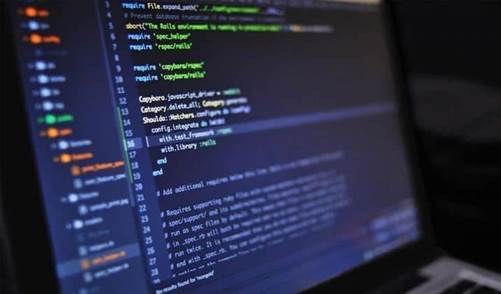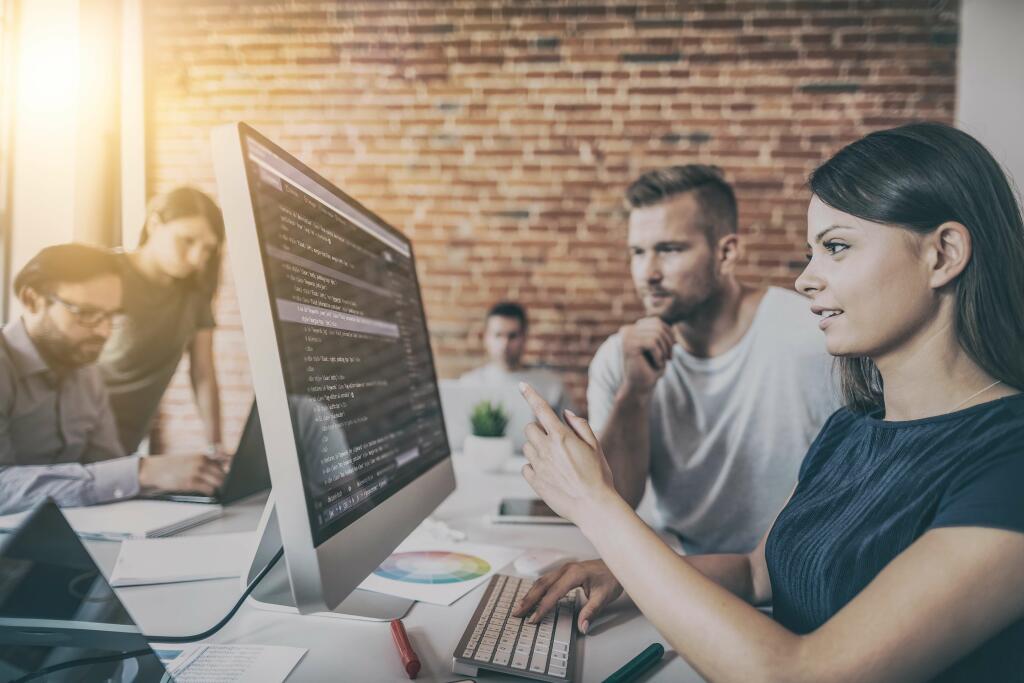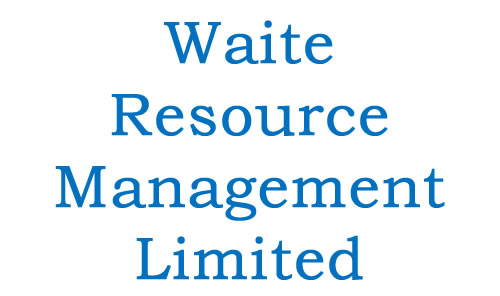Physical Development- ideal for those students with physical disabilities providing the opportunity to experience things they may not be able to physically access. In light of the above, the aim of this study was to evaluate the effectiveness of the use of VR-based interventions in children with ADHD. In a previous study we have already validated our idea by investigating how VR had enabled faster learning in ADHD subjects compared to traditional training . The study concludes what is virtual reality in education that the use of Virtual Reality in neurological and neurodevelopmental memory disorders will be innovative and suggests that hands on Virtual Reality applications, become an indispensable part of these deficits’ cognitive assessment and rehabilitation. The versatility it offers makes it adaptable to different contexts, one of them being learning disorders. Another of its potentials is that it is a safe and flexible tool and has high adherence rates (Mura et al., 2018).
Furthermore, VR shares with the brain the mechanism of generating “embodied simulations” . Indeed, VR could be considered as an “embodied technology” that provides the sensation of presence and immersion, allowing interaction. According to this, VR allows to explore and manipulate that specific environment, improving self-regulation and learning through the representation from the prediction of internal and external sensory stimuli. These contribute to improving context-adapted movements, actions and emotions with virtual agents. When Shashi Kumar and his team started researching on VR, they were a tad doubtful about introducing it in the classrooms as they did not want students to misuse the technology.
Mobile VR
Pupils can develop confidence and familiarity with environments that they may perceive as daunting or threatening. Because the simulations can be practiced with someone they trust, these ‘scary’ situations can be trialed and tested in a safe and familiar environment. Most importantly, researchers noticed, skills learned in the virtual space translate successfully to the real world. General life skills, such as crossing the street, using public transportation, https://globalcloudteam.com/ and going to the post office can all be simulated and practiced, with variations and emergency situations projected and prepared for. This kind of learning helps give kids a boost of confidence and freedom when tackling the real world, without the fear of failing or being embarrassed in front of others. Virtual Reality helps provide freedom to differently-abled people in numerous ways, helping cross borders they could not cross on their own.

To this end, exploratory research was conducted to find out from specialists working in the field what the main aspects are that could make the use of VR a possible solution to be used in schools to improve inclusive education. The specialists were selected from schools in the Transylvania region of Romania and were interviewed by using the Focus Group method. It can provide a platform for students to communicate and work together on a project, even if they are in different locations. It promotes teamwork and helps build communication skills that are vital in today’s globalized society. It was found that VLEs can provide interesting, motivating learning environments, which are accessible to users with special needs, and the value of a user centred approach has been demonstrated.
Mixed reality environments in stroke rehabilitation: Interfaces across the real/virtual divide
For people learning how to deal with new physical or sensory disabilities, difficult or risky learning experiences can be done safely through VR. First-time wheelchair users, for example, could use VR to learn how to navigate a busy street or shopping center in a virtual environment, safely understanding how to move around and avoid obstacles in that virtual setting before venturing into the real world. Virtual reality could be used to help learners with communication challenges like autism or Asperger’s todevelop and practice social skills in non-threatening environments, including offering access to learning opportunities from the safety and comfort of their own homes. Conversely, it could also be used to help people experience the world from the perspective of those learners. VR also helpscreate empathy about people with disabilities in others by helping them experience disabilities through simulated environments. The benefits of Virtual Reality in Education are numerous, and it has the potential to revolutionize the way we teach and learn.
- D2L Wave streamlines workplace talent development, making it easier to build skills, ignite engagement and empower growth.
- Technology is a valuable tool in regards to its contribution to inclusion – if it is designed with these goals in mind.
- The switch to the town’s bigger middle school – where, for the first time, students walk the halls on their own between classes – can be a little scary.
- Specialists’ proposals on how VR could be used in educating children with disabilities.
- In addition,children with special needs could benefitgreatly from VR technology by replicating what they learned in a remote environment in the physical world.
- One program for disabled students created a virtual science laboratory, allowing students cerebral palsy to occupy the specially adapted interface and work within the lab.
- In the five years that Sam has worked with D2L, she has been sharing her passion for accessibility and inclusion with other D2Lers, helping them choose to grow into accessibility subject matter experts in their own domain.
Danvers Public Schools, along with Google, will host a conference in November to share strategies for using virtual reality to better serve students with special needs. Across the district, students experience virtual and augmented reality in social studies, science and language arts classes, and Liberman expects foreign language teachers to bring it into their classrooms this year, as well. But it’s the special focus on virtual reality for kids in special education that sets Danvers apart, and Liberman is excited to share what Danvers has learned with other districts.
Related Content
You will have access to a wide range of 360º videos suitable for students with learning difficulties, sensory impairments and physical disabilities. Attention Deficit Hyperactivity Disorder is a persistent neurodevelopmental disorder characterized by inadequate levels of attention and difficulties in regulating the level of motor activity , inability to control impulsivity [1-3]. The difficulties of self-control, inattention or hyperactivity interfere with the psychological development of the child and hinder the carrying out of common daily activities.
Inclusive education represents one of the most challenging aspects of modern education. In recent years, a major challenge in achieving inclusivity in education has been to find modern tools that might adapt the teaching process to the needs of children with disabilities. This article investigates the possibility to use virtual reality technology to improve the learning process of children with disabilities. In this regard, a qualitative study based on the Focus Group method was conducted among 31 specialists who work with children with disabilities, with the aim of identifying potential opportunities and limits of using VR technology in the education of this category of children.
Inclusive ClassVR
It encouraged him to use a wide range of vocabulary and described each VR experience with great detail. Staff at Pendle View are now using VR regularly with Jacob to push the boundaries of his vocal limitations. His speech was unbelievable, he used a wide range of vocabulary when describing what he could see. He communicated with his friends and encouraged them to look around while exploring each VR experience. Following Mohammed’s trial, Pendle View School are now looking to buy a 360º camera which will allow them to film situations which Mohammed and other ASD students struggle with and hopefully help them to deal with new situations better. Staff allowed Mohammed to explore the headset, and in his own time he soon became settled and happy to use the headset.



Leave A Comment